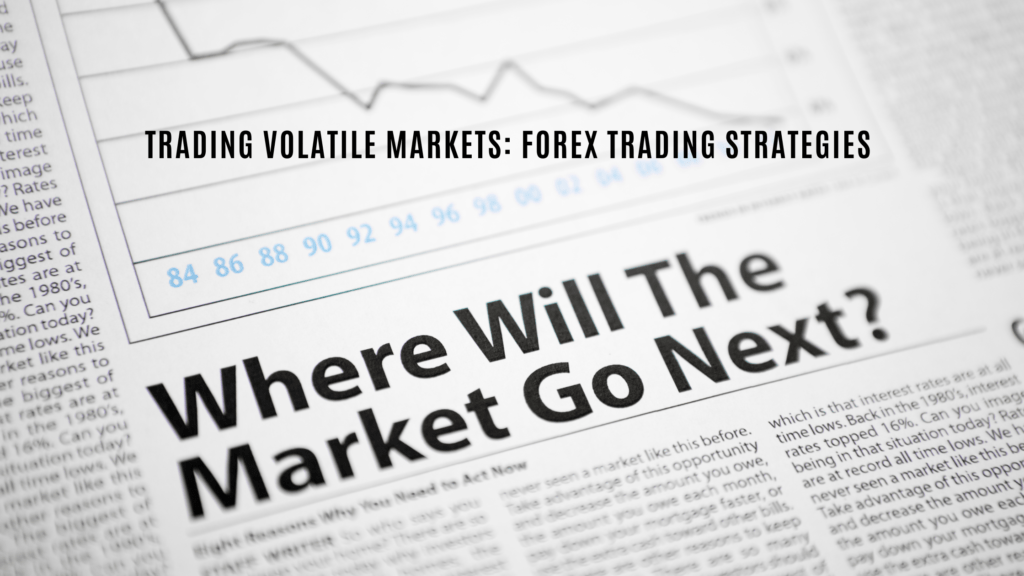Volatility in the foreign exchange (Forex) market can present opportunities and challenges for traders. High levels of volatility can create significant price movements, which can be used to generate profits. However, volatility can also increase the risk level, so traders must stay prepared to manage it effectively. In this article, we will discuss some proven strategies for trading in volatile markets.
Trading Volatile Markets in Forex
First and foremost, risk management is crucial when trading in volatile markets. One of the most effective ways to manage risk is to set stop-loss orders, which automatically close a trade when a certain price level is reached. This can help to limit potential losses, as traders can pre-determine the level at which they are willing to exit a trade. Additionally, using leverage responsibly is essential, as high leverage levels can amplify losses as well as gains. Traders should use leverage only to the extent that they are comfortable with the level of risk.
Trading Volatility Strategies:
Another critical strategy for trading in volatile markets is technical analysis. Technical indicators, such as moving averages and the Relative Strength Index (RSI), can be used to identify trends and potential entry and exit points. Moving averages can help to identify the overall direction of the market and can be used to generate buy or sell signals. The RSI, on the other hand, can help to identify overbought or oversold conditions, which can indicate potential trend reversals.
In addition to technical analysis, traders can also use predictive strategies to capitalize on volatility. One such strategy is fundamental analysis, which looks at economic and political events that can impact the market. For example, a change in interest rates or a political crisis in a major country can cause significant volatility in the Forex market. Sentiment analysis is another predictive strategy that examines the sentiment of market participants, such as traders and investors, to identify potential market movements.
To illustrate how traders can apply these strategies, let us look at a case study. In early 2020, the COVID-19 pandemic caused significant volatility in the Forex market. Many traders were caught off guard, but those prepared positioned themselves to capitalize on the market movements. For example, a trader who set stop-loss orders and used leverage responsibly was able to limit potential losses. Additionally, a trader who used technical indicators such as moving averages and the RSI was able to identify possible entry and exit points. Furthermore, a trader who used predictive strategies such as fundamental analysis could have found ways to anticipate the impact of the pandemic on the market.
In conclusion, volatility in the Forex market can present both opportunities and challenges for traders. Effective risk management, technical analysis, and predictive strategies can help traders navigate volatile markets and capitalize on market movements. Remember, past performance is not necessarily indicative of future results. It is essential to seek professional advice before making any investment decisions and to do your research and seek independent financial advice.

